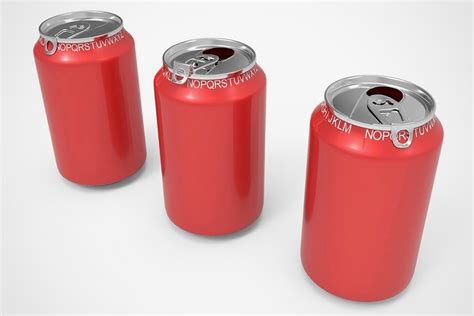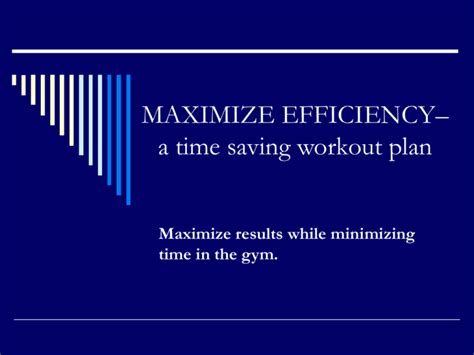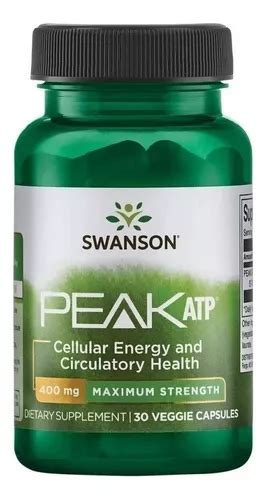How to optimize workout intensity for rapid muscle growth & peak performance?

Unlock Your Potential: The Science of Workout Intensity
To truly transform your physique and maximize athletic capabilities, simply showing up to the gym isn’t enough. The secret lies in understanding and strategically manipulating workout intensity. This isn’t just about how heavy you lift; it encompasses a complex interplay of factors that dictate the physiological stress placed on your body, ultimately driving adaptation, muscle growth, and performance enhancements.
Defining Workout Intensity Beyond the Weight Plate
While often associated with lifting maximal weights, workout intensity is a multi-faceted concept. For strength training, it can be quantified in several ways:
- Percentage of One-Rep Max (%1RM): How heavy a weight is relative to the absolute most you can lift for a single repetition.
- Reps in Reserve (RIR) / Rate of Perceived Exertion (RPE): A subjective scale measuring how close you are to muscular failure (RIR) or how hard an effort feels (RPE). A lower RIR (e.g., 0-2 RIR) or higher RPE (e.g., 8-10 RPE) indicates higher intensity.
- Time Under Tension (TUT): The duration a muscle is under strain during a set. Slower, controlled movements increase TUT and often intensity.
- Workout Density: The amount of work performed in a given timeframe (e.g., shorter rest periods).
Pillars of Intensity for Rapid Muscle Growth (Hypertrophy)
For muscle growth, consistent application of intensity is paramount. Your body adapts to stress, and to keep growing, that stress must progressively increase.
1. Progressive Overload: The Non-Negotiable
This is the cornerstone of muscle growth. To get bigger and stronger, you must continually challenge your muscles beyond their previous limits. This can be achieved by:
- Increasing the weight lifted.
- Performing more repetitions with the same weight.
- Doing more sets or total volume.
- Reducing rest times between sets (increasing density).
- Improving exercise form and range of motion.

2. Training to Failure or Near-Failure
While not every set needs to be taken to absolute failure, consistently training within 1-3 RIR (RPE 7-9) for most working sets is highly effective for hypertrophy. This ensures sufficient mechanical tension and metabolic stress, two key drivers of muscle growth.
3. Optimizing Volume and Load
There’s a sweet spot for both. For most individuals, 10-20 hard sets per muscle group per week, utilizing loads between 60-85% of 1RM (roughly 5-15 reps), provides an excellent stimulus for growth.
Optimizing Intensity for Peak Performance
While muscle growth is often a component of performance, training for peak performance introduces additional considerations.
1. Specificity of Training
Your training must mirror the demands of your sport or performance goal. If your goal is maximal strength, higher intensity (heavier loads, lower reps) is required. For endurance, lower intensity with higher volume and density is more appropriate.
2. Strategic Periodization
Peak performance isn’t sustainable year-round. Periodization involves structuring your training into distinct phases (e.g., hypertrophy, strength, power, peak) with varying intensities and volumes, allowing for progressive adaptation and planned peaks.

3. The Role of Deloads and Recovery
High-intensity training places significant stress on the central nervous system and musculoskeletal system. Scheduled deload weeks (reduced intensity/volume) are crucial for recovery, preventing overtraining, and allowing your body to supercompensate and come back stronger.
Practical Strategies for Measuring and Adjusting Intensity
Implementing these principles requires actionable methods to gauge and modify your efforts.
- Use RPE/RIR: This is an invaluable tool for auto-regulating your training. If you’re feeling fatigued, you can adjust the weight down to hit your target RPE/RIR, ensuring quality work without overdoing it.
- Track Your Progress: A detailed workout log is your best friend. Record weights, reps, sets, and RPE for every exercise. This provides objective data to ensure progressive overload is occurring.
- Listen to Your Body: While data is important, don’t ignore persistent fatigue, joint pain, or a significant drop in performance. These are signs that intensity or volume may need to be adjusted downwards.
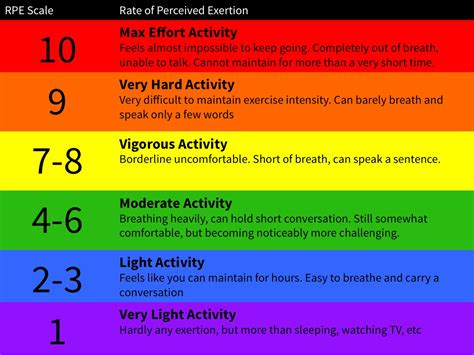
Common Intensity Traps to Avoid
Even with the best intentions, mistakes can hinder your progress.
- Junk Volume: Performing numerous sets with insufficient intensity (too light, too many reps left in the tank) provides little stimulus for growth or performance.
- Ignoring Recovery: Pushing intensity without adequate sleep, nutrition, and rest is a recipe for overtraining and injury.
- Lack of a Plan: Randomly lifting heavy without a structured approach to progressive overload or periodization will yield suboptimal results.

Integrating Intensity into Your Training Plan
A well-designed program will weave varying intensities throughout your training week or mesocycle. You might have dedicated days for higher intensity (heavier loads, lower reps, higher RPE) and others for moderate intensity (moderate loads, higher reps, slightly lower RPE), allowing for different adaptations and adequate recovery.
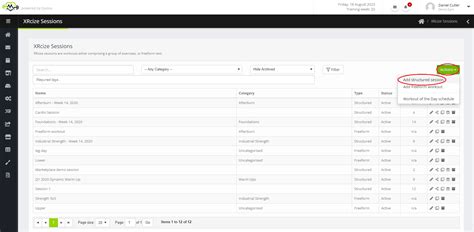
Conclusion: Master Intensity, Master Your Gains
Optimizing workout intensity is not a one-time adjustment but an ongoing process of learning, applying, and adapting. By understanding the principles of progressive overload, periodization, and autoregulation through tools like RPE, you can systematically challenge your body, unlock new levels of muscle growth, and achieve your peak performance potential. Train smart, train hard, and watch your efforts translate into exceptional results.




